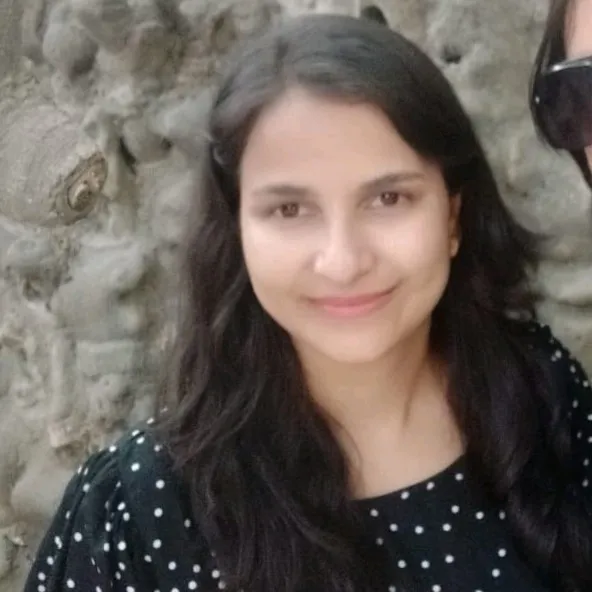Higher education is progressing towards setting a good example for other sectors, when it comes to gender equality but there is still a long way to go.
Global universities across six continents have a fair share of women degree holders in the true sense in fields such as science, technology, engineering, math (STEM); medicine; and arts, humanities and social science (AHSS).
At A Glance
- Universities worldwide can ensure that women students have equal opportunities when it comes to application, admission and completion rates
- Of the 776 universities, 54% of students who were awarded a higher education degree in 2019 were female, as per a UNESCO and Times Higher Education report
- Asia saw 41% women bag a qualification in STEM areas, 64% in medicine and 60% in AHSS
According to a latest report by UNESCO and UK-based Times Higher Education, titled Gender Equality: How Global Universities Are Performing published on International Women’s Day, universities worldwide through their education can ensure that women in higher education have equal opportunities when it comes to application, admission and completion rates.
As per the report, the share of women receiving degrees across continents was by and large stronger in fields such as medicine and AHSS, as compared to the STEM fields.
As per the report, across the 776 institutions participating under the United Nations Sustainable Development Goals 5 (which focuses on gender equality) 54% of students who were awarded a higher education degree in 2019 were female.
However, women’s representation in terms of subjects is a work in progress.
Africa is the continent with the least disparity between the proportion of women graduates in the three subject areas- STEM, medicine and AHSS, while Oceania shows the greatest differences, with almost twice the share of women graduating from medicine as STEM subjects. As many as 47% women graduated from African universities in STEM subjects, and 60% each in medicine and AHSS. For universities in the Oceania region, 38% women finished a STEM degree while 75% studied medicine, and 62% AHSS.
Asia had the maximum number of participating institutions at 341 which saw 41% women bag a qualification in STEM areas, 64% in medicine and 60% in AHSS. For North America, it was 39%, 73% and 59% in STEM, medicine and AHSS respectively. The figures for Europe were 42%, 69% and 63% for the three areas respectively.
To understand it better, let’s take STEM courses in Asia for example. Of the participating universities in the survey, out of those who completed a STEM degree, 41% were women.
The report also suggests that women students outnumber male students globally, particularly in medicine and AHSS. “Several Asian countries have high proportions of women in STEM subjects, and a higher share of women enrolled in a STEM degree than in AHSS,” it says.
Globally, higher education institutions are more focused on measuring women’s access to higher education (about four in five universities track male and female application rates separately) than tracking their outcomes and success rates (less than two-thirds of them track women’s graduation rates and have plans aimed at closing the gap), as per the report.
Less than two-fifths of senior academics are women globally, while less than a third of authors in research papers are women.
Also Read:


